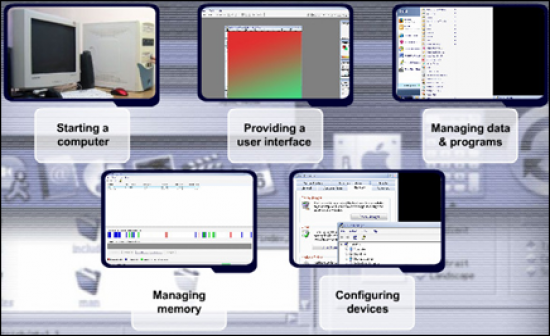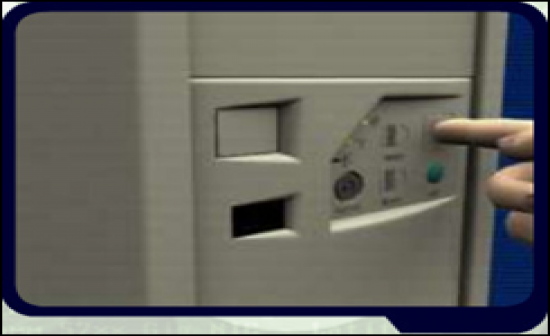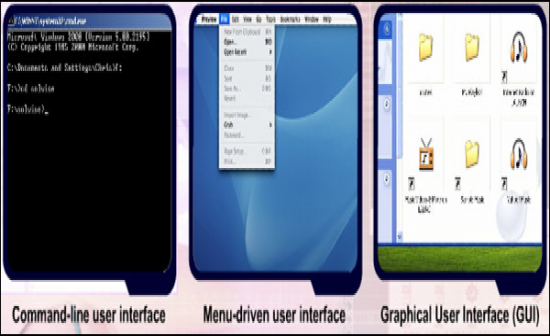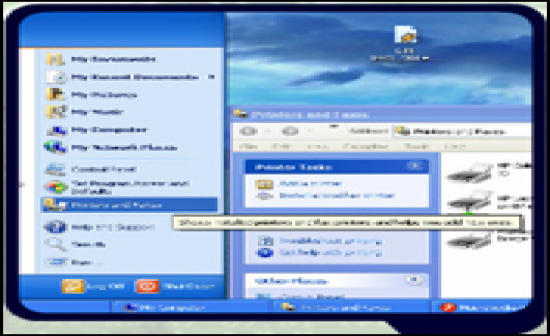Cards In This Set
| Front | Back |
|
The main functions of OS are: • starting a computer • providing a user interface • managing data & program • managing memory • configuring devices |
 |
The first function of an operating system is to start the computer. When we start a computer, it loads the operating system into the computer's memory. This process is called booting. Booting means to load and initialize the operating system on a computer machine. It can happen in two ways warm boot or cold boot. |
 |
|
ii. Providing A User Interface
From the user's perspective, the most important function of an operating system, is providing the user interface. This function controls how the user enters data and instruction and how information is displayed. The user interface typically enables users: • to start an application program • to manage disks and files such as formatting, copying and renaming • to shut down the computer safely by following the correct procedures The three type of user interface are Command-Line, Menu-Driven and Graphical User Interface(GUI). |
 |
|
iii. Managing Data And Programs
The next function of an operating system is to manage data and programs. When we start an application, the CPU loads the application from storage into memory. In the early days of personal computing, singletasking operating systems could run only one application at a time. Multitasking operating systems enable users to work with two or more application programs at the same time. |
 |
|
iv. Managing Memory
The computer's operating system is responsible for managing memory such as: optimizing the use of random access memory (RAM) allocating data and instruction to an area of memory while being processed monitoring the contents of memory releasing data and instructions from being monitored in memory when the process is done. |
v. Configuring Device
Another function of an operating system is handling input and output, as well as enabling communication with input and output devices. Most operating systems come with drivers for popular input and output devices. These drivers install new devices and check whenever there is conflict with these devices. |



